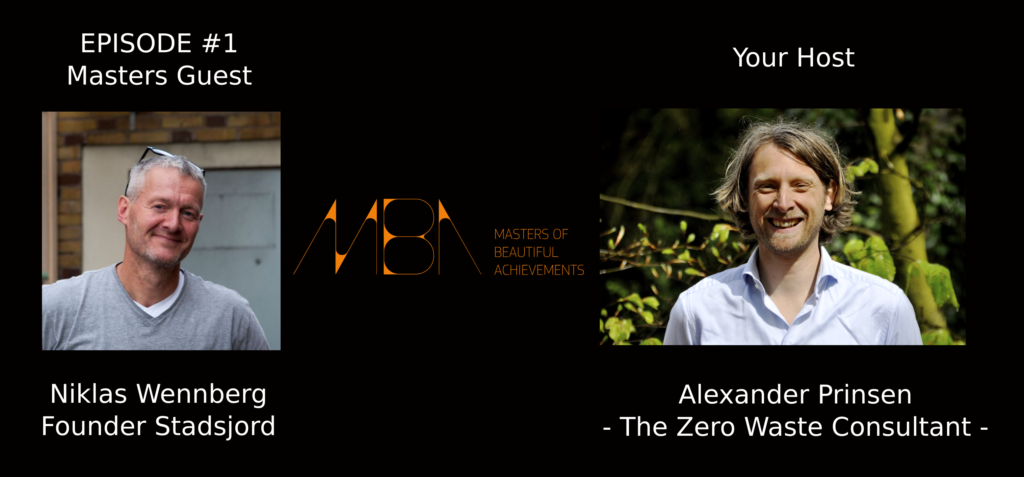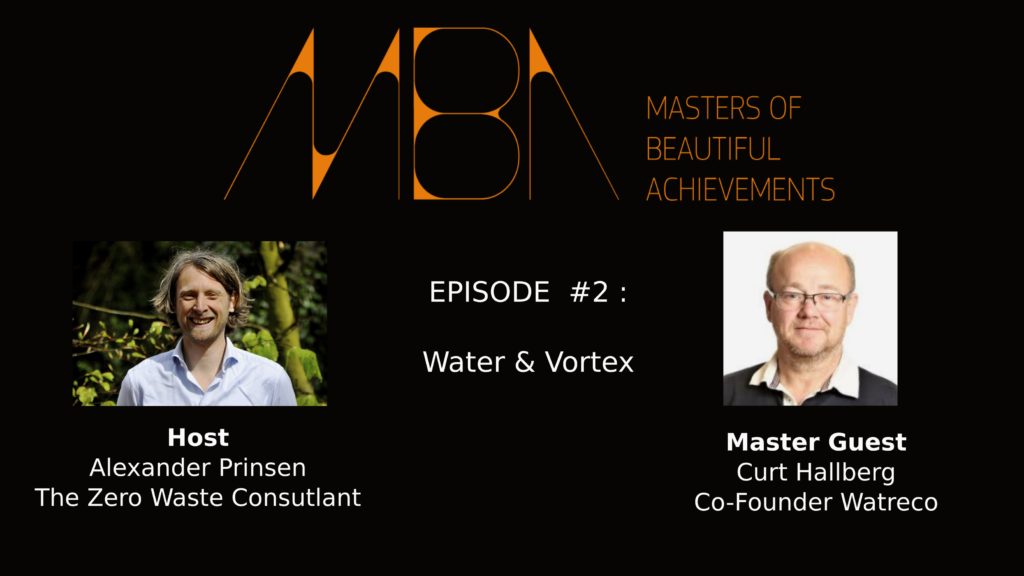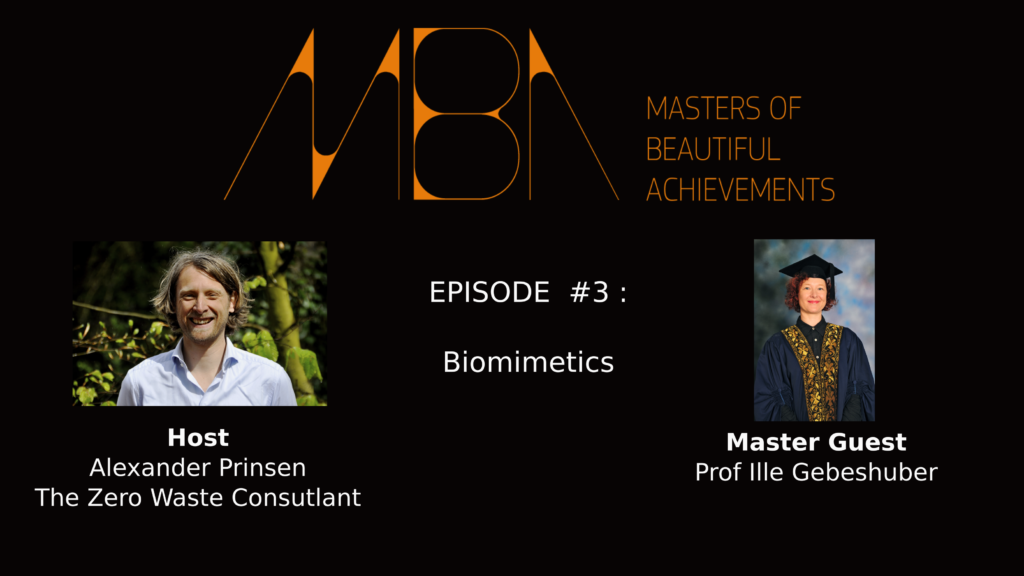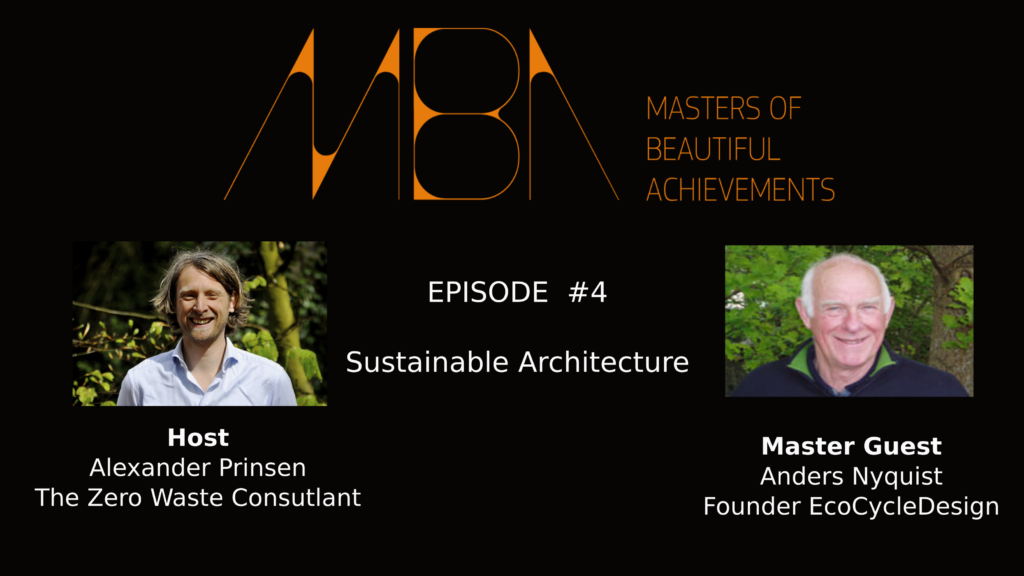A conversation with Marnix ten Kortenaar (trained as Physical Chemist from the TUDelft) about batteries, water, desalination, upscaling, doing visibility studies, realisme, future battery demand, hydrogen and religion. And how it turns out that salt is in some way our cradle to life and has so much more to offer than we realize. It is important to understand that the future trend for easy extractable lithium to sustain the demand will become scarce thus increasing the cost of lithium batteries from around 2030. Therefore there is a worldwide effort to find alternative battery salts to sustain the electrification demand.
There is in increasing demand for low density electron storage system to overcome some of the lithium shortcomings.
It turns out sea salt batteries are an interesting addition to the battery mix. Also because of the potential to use existing sea salt waste streams from seawater desalination plants and hydrogen production. Making it a possible contender to complete with the lithium and lead acid batteries. Yet the road to full industrialization and upscaling of these type of sodium batteries have a steep hill to climb before it becomes business as usual.
Its a densely packed conversation, so find a comfortable place to listen to their insights.
This podcast is based on the Value 4 Value (Adem Curry) / gift economy (Charles Eisenstein) / Pay what you want model
That means when you enjoy the conversation you can decide if you want to pay with something of value.
This can be a monetary value as a donation, membership or something different.
Here are some options to support this podcast
= join  or book even a 1:1 follow up conversation.
or book even a 1:1 follow up conversation.
= Use ![]()
= ![]() for a one time small contribution
for a one time small contribution
= Donate directly via my website
= Join my email list to stay updated
= Or something else, like helping me with the podcast or other topics I havenot thought of
I thank you for your support and enjoy the conversation![]()
![]()
![]()
![]()
![]()
![]()
![]()
![]()
Marnix is trained as Physical Chemist from the TUDelft and his graduation topic was related to batteries. After realizing he preferred being his own boss he decided it was time to take matters in his own hands. A trip to Africa made him realize that Africa needs more batteries to store the abundance of solar energy being generated by the local communities. 14 years since his gradation Marnix comes back full circle to the opportunities of battery technology for the relevance and need to address the societal challenges in Africa and elsewhere. Especially in Africa with the heat and moist, Lithium and Lead Acid batteries are not very well suited.
As it turns out Lithium batteries cannot cope with high temperatures and direct sunlight’s.
And these lithium batteries require software and electronics for it to function, which is not so useful when knowledge and hardware is not readily available when they breakdown.
In addition one cannot discharge Lithium and Lead Acid batteries 100% otherwise they battery will break.
As a result we are only using only around half of the battery capacity to ensure an optimal battery life. It seems to be a very inefficient process.
One needs electronics (like inverters) to be able to directly connect solar panels to Lithium and Lead Acid batteries, as there is a voltage difference between the panel and battery.
The upside of Lithium as battery salt is that it has a low density making it ideal to be a high density electron storage option.
Yet is can only discharge 1 electron at a time while other salts can do 2 times or more.
This made Marnix in 2008 decide to go back to the roots of battery science 1880’s in order to reinvent the batteries eliminating the need for electronics and software so it can operated in all circumstances. He wanted to understand why the battery scientists choice the dominant battery chemistry, leading to the “wasteful” batteries we have today.
His aim become to create a battery that are sustainable by design
* can discharge 100%
* simple works
* charges forever
* abundant green low cost materials
* can be produced easily
* can operate under hot and cold temperatures
* connected directly to solar panels
* can easily be recycled
* not flammable
So he started looking at the periodic table and started new matrix to find suitable combinations.
You need a plus (electrolyte) and minus pole
You need a electrolyte (type of salt)
And the challenge was finding the right combination which would fit the requirements.
With a tendinous effort and a small lab, he started to seek for the right combinations
After almost 6 years he started finally to make progress of solving this puzzle.
Having a prototype was just the beginning, upscaling the manufactory technology turned out an even bigger challenge.
We need to remember that just 2 battery technologies, lithium and lead acid battery, made it and needed over 150years to mature, so to substitute the current battery types with something new, also needs time to mature.
Getting the innovation market ready requires much more than just a good idea and prototype.
Thinking it through before you start, is 50% of the work, when you plant the seed it must be able to grow and florish
Instead of just starting and than realizing you have started in the wrong way, then there is no time undo your first steps, and failure is at your doorstep.
There is not much time to have a good start before you can accelerate.
For 16 years that Marnix was bootstrapped he is now realizing it has helped him
– to control the pace,
– to control the company
– it required his team to stay innovative and find very creative solutions
– it and forced them to constancy go back to the basics and constantly keep iterating
– it also forced them to take time to solve many system integration challenges
– it provide time to integrate and manage interdisciplinary challenges to make it work from lab to upscaling realities
– time to do visibility studies to understand the systemic relationships and implications of related industries
– and provide space to let serendipity happen
Eventually the challenge next to be battery box requires tech to operate on 5 levels in the western world:
1_ Chemistry
2_ Connection to the outside world (electronics, cables)
3_ Connectivity (ICT)
4_ Data storage
5_ Fintech (business model of batteries)
For his battery chemistry Marnix opted to choose sea salt (sodium chloride) as a main component, out of the 3-9 chemistry opportunities.
It is abundant, as it can be extracted directly from the oceans.
Regarding the material for anode and kathode, Marnix investigated many sorts of graphite (artificial and natural) sources as carbon source.
Here it is important that these carbons are pre-oxidized to avoid corrosion and deterioration of your carbon.
Carbon is important as a cheap and stable material to circumvent the oxidation issues related to metals.
System integration benefits
With the global need for fresh water, there is increasing the need for desalinations of seawater.
And here is where it becomes interesting.
The salt waste of seawater purification system can become the supplier of the salt battery industry, lowering the cost of seawater purification system, as it has now 2 cashflows, drinking water en as sea salt supplier.
And it turns out that the hydrogen production waste streams can produce salt (polluting the local ocean, chlorine (toxic gas) and oxygen (increasing oxygen levels in atmosphere), also creading additional environmental concerns when not properly addressed.
Future Fuels could consist of liquid Ammonia (can be synthesized from C02, hydrogen en Nitrate), Methanol (still has C02 emissions)
And the impact of AI in battery technology
Impact of Direct Current in renewable electron generation comparted to Alternating Current
Did you find this conversation interesting? Become a paid subscriber in support of the podcast. Thank you in advance.
Making podcasts requires hours preparing and editing, and it is always nice to receive an acknowledgement that you have liked what I do.  – Become a paid member of my Gumroad community
– Become a paid member of my Gumroad community
The Masters of Beautiful Achievements podcast series is where Alexander Prinsen explores natural science, innovation, systems thinking and leadership. As systemic innovation consul at scopematters.com he helps organizations accelerate to save costs, do good and operate within the planetary boundaries.



